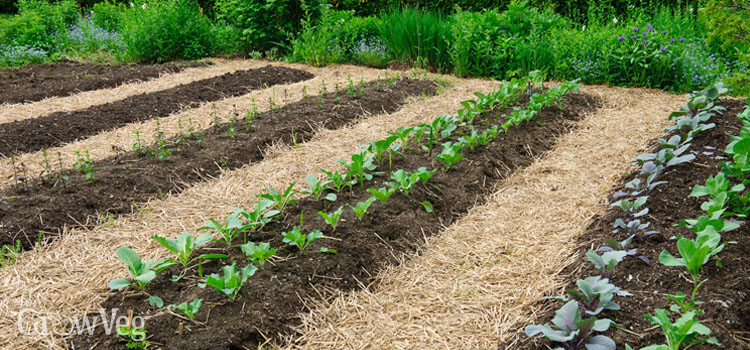To start a no-till garden, prepare the soil by removing any weeds or grass, and then cover it with a layer of organic matter. A no-till garden is a sustainable gardening method that eliminates the need for tilling, which can disrupt soil structure and harm beneficial organisms.
By following these steps, you can create a healthy and thriving garden while minimizing your impact on the environment. Starting a no-till garden is a simple and effective way to promote soil health, conserve water, and reduce the need for herbicides and fertilizers.
With proper preparation and maintenance, you can enjoy the benefits of a no-till garden while supporting a more sustainable approach to gardening.
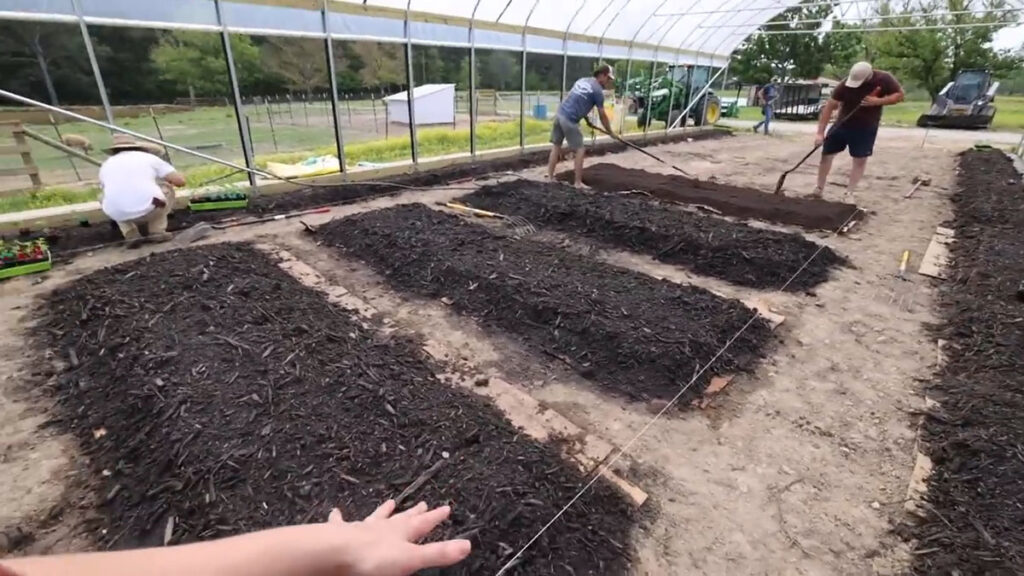
Credit: rootsandrefuge.com
Understanding No-Till Gardening
Explaining The Concept Of No-Till Gardening
No-till gardening is a sustainable and eco-friendly approach to gardening that eliminates the need for traditional tilling methods. Instead of digging up the soil, no-till gardening works by layering organic materials on top of the soil to create a nutrient-rich environment for plants to thrive.
This method promotes the health of the soil, preserves its structure, and encourages biodiversity. By understanding the core principles of no-till gardening, you can create a sustainable garden that benefits both your plants and the environment.
How It Differs From Traditional Gardening Methods
No-till gardening differs from traditional gardening methods in several key ways:
- Soil disruption: Traditional gardening involves digging and tilling the soil which disrupts its structure and can harm beneficial organisms. In contrast, no-till gardening avoids unnecessary soil disturbance, preserving its natural composition and balance.
- Organic Matter: No-till gardening focuses on building organic matter in the soil through the addition of mulch, compost, and cover crops. This organic matter enriches the soil, improves its fertility, and helps retain moisture, leading to healthier plants.
- Weed Control: Traditional gardening often involves frequent tilling to control weeds. However, in no-till gardening, the layer of organic mulch suppresses weed growth, reducing the need for manual weeding and the use of herbicides.
- Moisture Retention: By retaining moisture in the soil, no-till gardening reduces the need for frequent watering. The mulch layer acts as a barrier, preventing evaporation and improving water infiltration, making your garden more water-efficient.
Importance Of Preserving Soil Structure And Biodiversity
Preserving soil structure and biodiversity is essential in no-till gardening for several reasons:
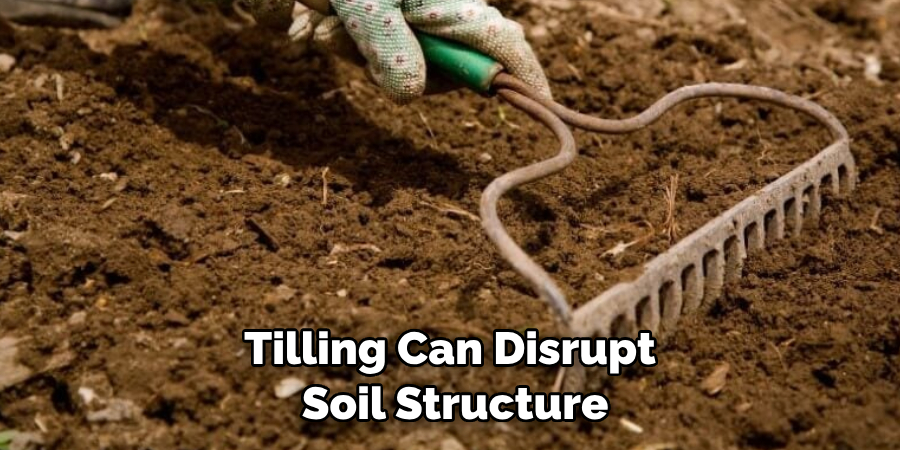
- Soil health: Tilling can disrupt soil structure, leading to compaction and erosion. No-till gardening promotes soil health by maintaining its structure, allowing for better water absorption, root development, and nutrient uptake by plants.
- Organic Matter Decomposition: When organic matter is added to the soil through mulching and composting, it becomes a food source for beneficial microorganisms and earthworms. These organisms break down the organic matter, releasing nutrients that plants can easily access.
- Biodiversity Preservation: No-till gardening supports a diverse ecosystem within your garden. By avoiding the disruption of soil and beneficial organisms, you encourage the presence of beneficial insects, birds, and other wildlife. This biodiversity helps control pests naturally and promotes a balanced ecosystem.
- Carbon Sequestration: No-till gardening can contribute to carbon sequestration, reducing the amount of carbon dioxide released into the atmosphere. By increasing organic matter in the soil, carbon is stored and kept out of the air, helping mitigate climate change.
By understanding the concept of no-till gardening and embracing its principles, you can create a thriving garden that promotes soil health, conserves water, and fosters biodiversity. So why not give it a try and embark on a journey towards a more sustainable and environmentally-friendly gardening method?
Getting Started With No-Till Gardening
No-till gardening is a sustainable and eco-friendly approach to growing plants that has gained popularity in recent years. This method involves minimizing soil disturbance and preserving its natural structure, allowing beneficial microorganisms and organic matter to thrive. If you’re interested in starting a no-till garden but don’t know where to begin, this guide is here to help.
In this section, we will discuss the key steps you need to follow to get started with no-till gardening.
Assessing Your Garden Space
- Take a look at the available garden space and evaluate its size, shape, and exposure to sunlight.
- Consider any existing features or obstacles, such as trees, structures, or potential sources of shade.
- Determine the area’s accessibility and proximity to a water source for easy irrigation.
Choosing The Right Location
- Look for a location that receives at least 6-8 hours of direct sunlight each day.
- Opt for a spot with well-draining soil to avoid waterlogging and root rot.
- Consider the proximity to your house or other areas where you spend most of your time for convenience and regular maintenance.
Evaluating Soil Quality And Composition
- Assess the soil type in your garden, whether it’s sandy, clayey, or loamy, as it affects water retention and nutrient availability.
- Conduct a simple soil test to determine the ph level and identify any nutrient deficiencies.
- Observe the soil’s overall health by checking for compaction, erosion, or signs of poor drainage.
Preparing The Soil
- Begin by removing any existing weeds, grass, or debris from the garden area.
- Use a garden fork or tiller to lightly loosen the top layer of soil without disturbing the deeper layers.
- Avoid excessive tilling as it can disrupt the soil structure and beneficial organisms.
Removing Existing Weeds And Debris
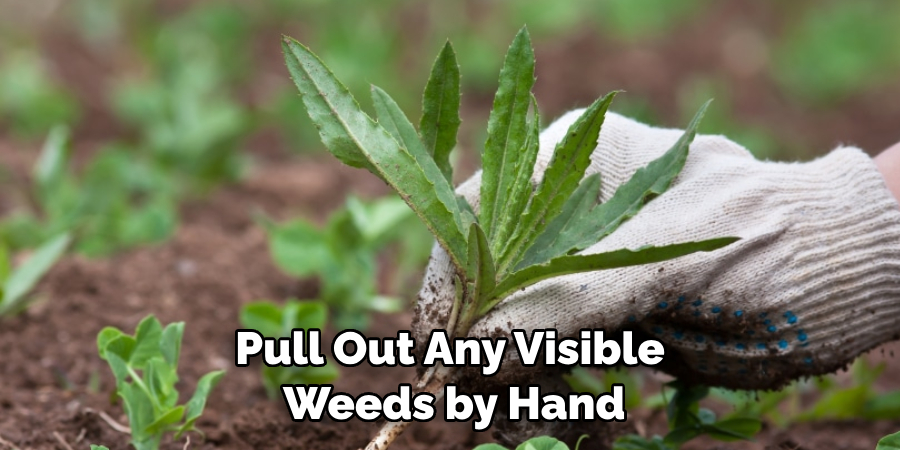
- Pull out any visible weeds by hand or use a garden weeding tool to remove them from the root.
- Clear away fallen leaves, twigs, or any other debris that may hinder the growth of your plants.
- Regularly monitor your garden for new weed growth and promptly remove them to prevent competition for resources.
Testing And Adjusting Soil Ph
- Use a soil testing kit or send a sample to a local agriculture extension for a detailed analysis of your soil’s ph level.
- Adjust the ph as necessary for optimal plant growth. Most plants prefer a slightly acidic to neutral ph range (6.0-7.0).
- Add soil amendments like lime to raise the ph or sulfur to lower it, following the recommendations provided by the soil test results.
Adding Organic Matter
- Enhance your soil’s fertility and structure by incorporating organic matter such as compost, well-rotted manure, or leaf mold.
- Spread a layer of organic matter over the topsoil and gently work it into the soil using a garden fork or tiller.
- Organic matter improves the soil’s water-holding capacity, nutrient retention, and overall health.
Choosing The Right Plants For Your No-Till Garden
- Select plants that are well-suited to your local climate and growing conditions.
- Consider the mature size and growth habits of the plants to ensure proper spacing and prevent overcrowding.
- Choose a variety of plants with different root structures and bloom times to maximize biodiversity and provide a continuous food source for pollinators.
Selecting Native And Perennial Plants
- Incorporate native plants into your garden as they are adapted to the local ecosystem and require less maintenance.
- Include perennial plants that come back year after year, reducing the need for replanting and soil disturbance.
- Native and perennial plants also contribute to the overall biodiversity of your garden, attracting beneficial insects and wildlife.
Considering Companion Planting
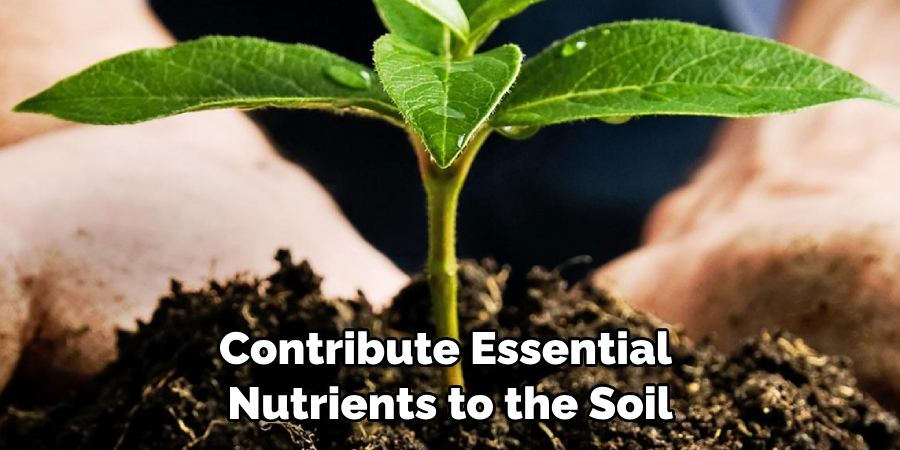
- Explore the benefits of companion planting by combining compatible plants that support each other’s growth.
- Some plants repel pests or attract beneficial insects, while others contribute essential nutrients to the soil.
- Companion planting maximizes space utilization and creates a more resilient and self-sustaining garden ecosystem.
Whether you’re a seasoned gardener or just starting out, no-till gardening offers a sustainable and rewarding way to cultivate your own green oasis. By following these steps, you’ll be well on your way to establishing a thriving no-till garden that requires less maintenance, promotes soil health, and provides a habitat for beneficial organisms.
So roll up your sleeves, get your hands dirty, and let your no-till journey begin!
Implementing No-Till Techniques
No-till gardening is an eco-friendly approach to gardening that helps to minimize soil disruption and build healthy soil ecosystems. Implementing no-till techniques in your garden can provide numerous benefits, from reducing weed growth to conserving water and improving overall soil health.
In this section, we will explore three key techniques for implementing no-till gardening: mulching, sheet composting, and cover crops.
Mulching
Mulching is a crucial technique in no-till gardening as it helps to suppress weeds, regulate soil temperature, and retain moisture. By applying a layer of mulch around plants, you can provide a protective barrier that nourishes the soil and promotes plant growth.
Benefits of mulching:
- Weed Suppression: Mulch creates a physical barrier, preventing weed seeds from germinating and growing.
- Moisture Conservation: Mulch acts as an insulator, reducing evaporation and helping the soil retain moisture.
- Soil Temperature Regulation: Mulch helps maintain a more even temperature, protecting plant roots from extreme heat or cold.
- Organic Matter Enrichment: As the mulch breaks down, it adds organic matter to the soil, improving its structure and fertility.
- Erosion Prevention: Mulch helps prevent soil erosion by slowing down the impact of raindrops and reducing surface runoff.
Types of mulch materials:
- Organic Mulch: Examples include straw, hay, leaves, shredded bark, and compost.
- Inorganic Mulch: Options like plastic, landscape fabric, or gravel can also be used.
Proper mulching techniques:
- Apply mulch in a layer around 2-4 inches thick.
- Keep mulch a few inches away from the base of plants to prevent rot and pest issues.
- Replenish mulch as needed to maintain an adequate layer throughout the growing season.
Sheet Composting
Sheet composting, also known as lasagna gardening, is another effective way to implement no-till techniques in your garden. This method involves layering organic materials directly onto the soil surface, allowing them to break down over time and enrich the soil.
How to create a sheet compost layer:
- Choose a suitable location for your sheet composting area.
- Remove any existing vegetation or weeds.
- Lay down a layer of cardboard or newspaper as a weed barrier.
- Add alternating layers of green and brown organic materials. Green materials include kitchen scraps, fresh grass clippings, and garden waste. Brown materials include dried leaves, straw, and shredded paper.
- Moisten each layer as you go to promote decomposition.
- Continue layering until you reach a depth of around 12 inches.
- Top it off with a layer of straw or leaves to prevent erosion and retain moisture.
Materials to use for sheet composting:
- Kitchen scraps, such as fruit and vegetable peels.
- Grass clippings, leaves, and plant trimmings.
- Straw or hay.
- Shredded paper and cardboard.
Tips for successful sheet composting:
- Chop or shred larger materials to speed up decomposition.
- Regularly water the layered materials to maintain moisture levels.
- Avoid adding meat, dairy, or oily foods to prevent attracting pests.
- Wait for the composting process to complete before planting in the sheet composted area.
Cover Crops
Cover crops play a vital role in no-till gardening by protecting the soil from erosion, improving fertility, and suppressing weeds. These crops are grown primarily to benefit the soil rather than for harvest.
Importance of cover crops in no-till gardening:
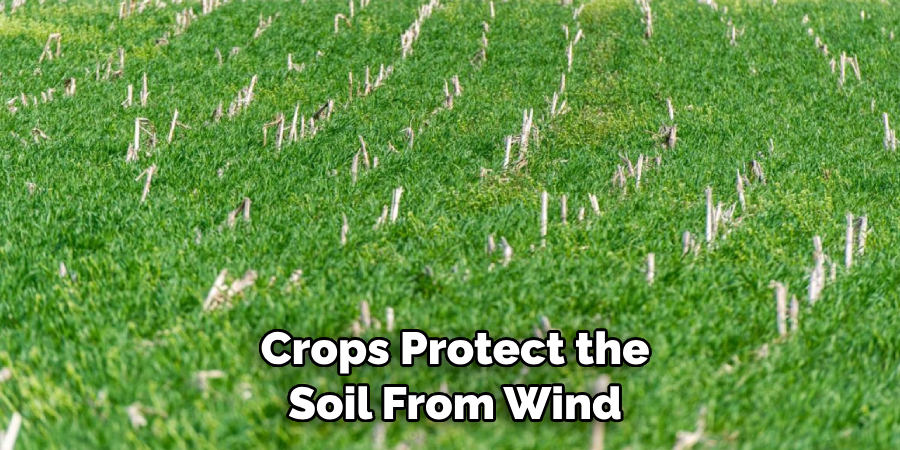
- Erosion Control: Cover crops protect the soil from wind and water erosion.
- Weed Suppression: Thick cover crops outcompete weeds for resources, reducing weed growth.
- Nitrogen Fixation: Certain cover crops, such as legumes, can fix nitrogen from the air and make it available to other plants.
- Soil Improvement: Cover crops add organic matter to the soil, enhancing its structure, fertility, and moisture-holding capacity.
Popular cover crop options:
- Legumes: Clover, vetch, and peas.
- Grasses: Rye, oats, and barley.
- Mustards: Mustard greens or oilseed radishes.
How to plant and manage cover crops:
- Choose cover crops that suit your climate and soil conditions.
- Plant cover crops in early spring or late summer/early fall.
- Broadcast the seeds directly onto the soil surface and lightly rake them in.
- Allow cover crops to grow until they reach maturity but avoid letting them go to seed.
- Before planting your main crops, cut back or mow the cover crops and leave the biomass on the soil surface.
By incorporating these techniques into your gardening routine, you can establish a thriving no-till garden that supports plant growth, improves soil health, and reduces the need for excessive soil disturbance.
Maintenance And Care Of A No-Till Garden
No-till gardening is gaining popularity among gardeners due to its numerous benefits. From conserving soil health to reducing weed growth, this method offers a sustainable and eco-friendly approach to gardening. However, like any other gardening technique, maintaining and caring for a no-till garden is crucial for its success.
In this section, we will explore some important aspects of no-till garden maintenance and care.
Watering And Irrigation Practices
- Watering Frequency and Methods: No-till gardens require careful watering to maintain soil moisture and promote healthy plant growth. It is essential to understand the water needs of different plants and adjust the frequency and amount accordingly.
- Drip Irrigation Systems for No-till Gardens: Drip irrigation is an effective method for watering no-till gardens. By delivering controlled amounts of water directly to the plant roots, it minimizes water wastage and promotes efficient nutrient absorption.
Pest And Weed Control
- Natural Pest Control Methods: No-till gardens can benefit from natural pest control methods such as companion planting, attracting beneficial insects, and using organic pest repellents. These methods help maintain a healthy balance in the garden ecosystem, reducing the need for chemical pesticides.
- Weed Prevention and Management Techniques: Weeds can compete with plants for nutrients and water, so proper weed prevention and management are essential in no-till gardens. Mulching, hand weeding, and using natural weed suppressants can effectively control weed growth without disturbing the soil structure.
Maintaining Soil Health
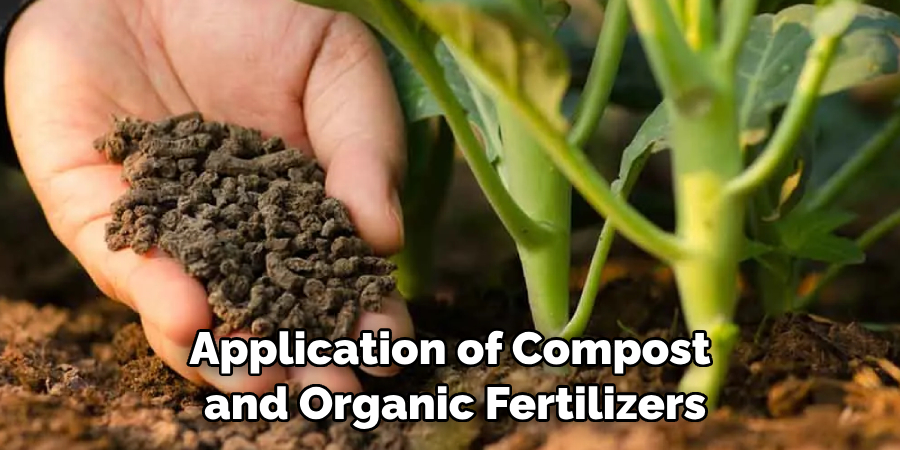
- Regular Soil Testing and Amendment: Regular soil testing allows you to understand your soil’s nutrient levels and ph. Based on the test results, you can amend the soil with organic materials such as compost, aged manure, or specific mineral supplements to provide the necessary nutrients for your plants.
- Compost and Organic Fertilizer Applications: Regular application of compost and organic fertilizers improves soil fertility, enhances beneficial microorganisms, and supports plant growth in no-till gardens. It is important to use quality compost and follow the recommended application rates for optimal results.
Remember, maintaining a no-till garden requires patience and diligence. By following these maintenance and care practices, you can enjoy the benefits of a healthy, thriving garden while minimizing environmental impact.
Harvesting And Succession Planting
Starting a no-till garden can be a rewarding and sustainable way to grow your own food. One key aspect to consider when starting a no-till garden is how to effectively harvest your crops and plan for succession planting. By implementing smart harvesting techniques and understanding the principles of succession planting, you can maximize your yield and enjoy a prolonged harvest season.
In this section, we will explore the best practices for harvesting various crops and how to plan for continuous harvests in a no-till garden.
Harvesting Techniques
When it comes to harvesting in a no-till garden, there are a few key techniques to keep in mind. These techniques will not only help you harvest your crops efficiently but also promote the overall health of your garden:
- Harvest leafy greens such as lettuce and spinach by snipping off the outer leaves, allowing the inner leaves to continue growing.
- For root crops like carrots and radishes, gently loosen the soil around the plant with a trowel before carefully pulling the vegetable out.
- When harvesting fruiting crops like tomatoes or peppers, use clean shears or scissors to prevent damaging the plant and ensure a clean cut.
- Regularly check your crops for signs of readiness, such as color changes or firmness, and harvest them at their peak of ripeness for the best flavor.
Best Practices For Harvesting Various Crops
Different crops require different harvesting techniques to ensure optimal taste and quality. Here are a few best practices to keep in mind when harvesting common garden crops:
- Tomatoes: Harvest when the fruit is fully colored and gives slightly when gently squeezed.
- Cucumbers: Harvest when they reach a size suitable for the desired use, typically when they are firm and have a shiny skin.
- Beans: Harvest regularly to encourage continuous production, picking them when they are young and tender.
- Zucchini and Other Summer Squash: Harvest when they are small and tender, as they can become tough and seedy if left to grow too large.
- Herbs: Harvest leafy herbs, such as basil or parsley, by snipping the outer stems just above a set of healthy leaves.
Maximizing Yield And Prolonging The Harvest Season
To get the most out of your no-till garden and prolong the harvest season, it is essential to implement strategies that maximize yield and encourage continuous production. Here are a few tips to achieve this:
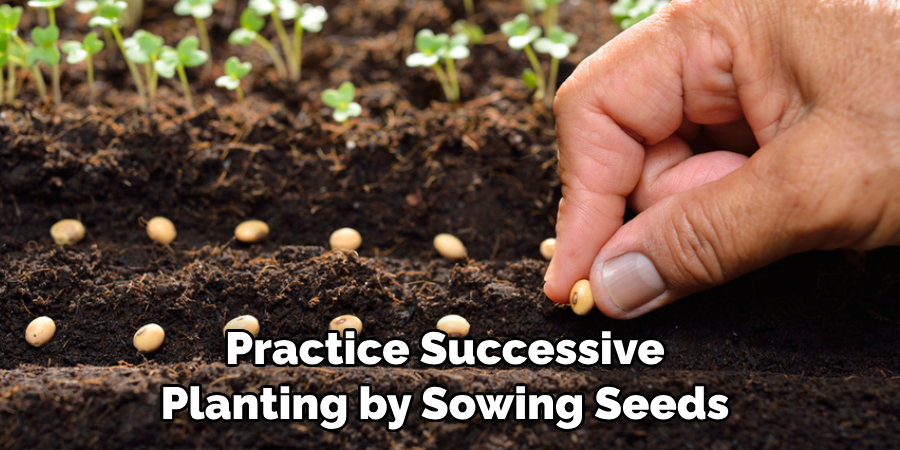
- Practice successive planting by sowing seeds or transplanting seedlings at regular intervals. This ensures a steady supply of fresh produce throughout the growing season.
- Make use of companion planting techniques to optimize space and promote healthier plants. For example, interplanting quick-growing crops with slower-growing ones can help maximize yields in limited space.
- Regularly monitor your garden for ripe fruit and harvest promptly to encourage the plant to continue producing.
Succession Planting In A No-Till Garden
Succession planting involves staggering your plantings to ensure a continuous supply of harvested produce over time. Here are a few key considerations when implementing succession planting in a no-till garden:
- Take into account the recommended spacing for each crop to avoid overcrowding and promote healthy growth.
- Consider the days to maturity for each crop and plan your plantings accordingly to ensure a continuous harvest.
- Keep a gardening journal to track planting dates, harvest times, and any observations to refine your succession planting strategy over time.
Incorporating these techniques and practices into your no-till garden will not only help you maximize your crop yield but also provide you with a bountiful and prolonged harvest season. So, get your gardening gloves on and start reaping the rewards of your no-till garden!
Frequently Asked Questions Of How To Start No Till Garden
What Is A No-Till Garden?
A no-till garden is a gardening method that eliminates traditional tilling or plowing of the soil, promoting soil health and biodiversity while reducing erosion and weed growth. By leaving the soil undisturbed, organic matter and nutrients are preserved, providing a sustainable and low-maintenance gardening solution.
What Are The Benefits Of Starting A No-Till Garden?
Starting a no-till garden offers numerous benefits, including improved soil structure, increased moisture retention, reduced weed growth, and minimized erosion. It also encourages beneficial soil organisms and beneficial microbes to thrive, leading to healthier plants and higher yields. Plus, it saves time and effort by eliminating the need for regular tilling.
How Do You Prepare The Soil For A No-Till Garden?
To prepare the soil for a no-till garden, begin by removing existing weeds or cover crops. Next, add a layer of compost or organic matter on top of the soil. Allow the microorganisms and earthworms to break down the matter naturally.
Over time, the soil will become rich, fertile, and ready for planting. Avoid tilling the soil to maintain its integrity.
Can You Start A No-Till Garden If You Have Compacted Soil?
Yes, you can start a no-till garden even if you have compacted soil. In fact, no-till gardening can help improve compacted soil by allowing earthworms and soil organisms to work their magic, creating channels and improving the soil structure over time.
It may require some patience, but the long-term benefits are worth it.
What Plants Are Best Suited For A No-Till Garden?
A wide variety of plants can thrive in a no-till garden, including vegetables, herbs, flowers, and even fruit trees. However, it’s important to choose plants that are well-suited to your specific climate, soil type, and light conditions. Researching and selecting plants that are known to perform well in no-till environments will increase your chances of success.
Conclusion
Starting a no till garden doesn’t have to be complicated or overwhelming. By following these simple steps, you can create a thriving garden that is not only beneficial for the environment but also ensures healthy and nutrient-rich soil for your plants.
Remember to start by selecting the right location and preparing the soil properly. Utilize organic materials and mulch to suppress weeds and encourage beneficial soil organisms. Use companion planting and crop rotation techniques to promote plant health and deter pests naturally.
Lastly, don’t forget to regularly monitor and maintain your garden to ensure its long-term success. With patience, dedication, and a little bit of research, you can embark on your no till gardening journey and enjoy the rewards of a sustainable and fruitful garden.
Happy gardening!

